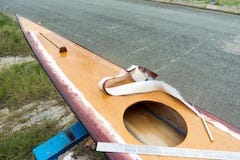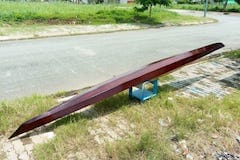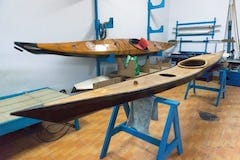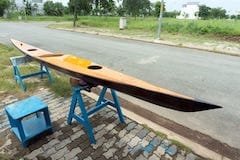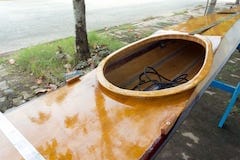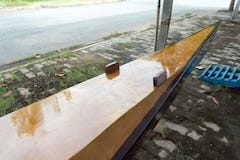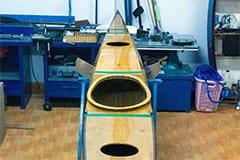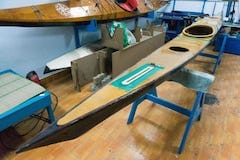 irst two images below: the paddle takes its final shape, it is quite light indeed. Next I would glass the two blades’ tips to strengthen them a bit to avoid cracks in collisions, then some little thinned epoxy, then paint the whole thing with the same kind of PU used for the boat.
irst two images below: the paddle takes its final shape, it is quite light indeed. Next I would glass the two blades’ tips to strengthen them a bit to avoid cracks in collisions, then some little thinned epoxy, then paint the whole thing with the same kind of PU used for the boat. Less is more
is the “principle of operation” of a Greenland paddle (compared to a wing paddle), but it would take times to really accomplish that. A completely different toy, and quite a separate way of using!
The next couple of weeks, I would just re – train myself with the new paddle. It’s quite a different style, the thinner blades allow movements very closed to the boat’s body, they enters water in almost a vertical manner. It takes time to suppress old habits, find out the most efficient way and make the most out of this newest toy! I would use this and the old paddle in parallel, at least in a ‘transitional time’, a second “storm paddle” is in plan, but only after I’m well – versed with this new one!
Initial testings prove the efficiency of the Greenland paddle, at normal cruising paddling pace, there’s no noticeable difference in speed, while it’s more lightweight and ‘handy’ to operate. And my boat proceeds with much more balance and hence, tracks better with this new ‘propeller’. I would trim the blades shorter (and also make it thinner at places), 210 cm is still quite long, I guess the final length would be somewhere between 200 ~ 205 cm, but only trials would tell the final, ideal fit.
Serene – 1 p1
Serene – 1 p2
Serene – 1 p3
Serene – 1 p4
I still need to test the new paddle more, to know if it could totally replace the wing paddle. In specific, I’m still worrying about its capability to provide enough force against strong head wind or other adversary conditions. Its efficiency under normal cruising situations is out of question.
My new paddle is light and firm, much more dependable compared to my previous one. And it is made of wood, looks better, not that ugly plastic outlook anymore. This one, when pulled hard through water, produces a mild vibrating sound, like a musical instrument, really interesting to hear! 😀

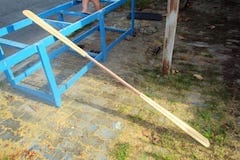
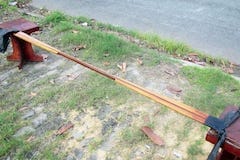
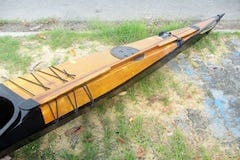
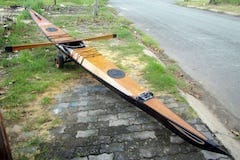
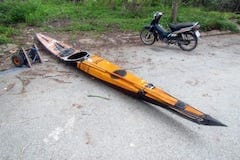
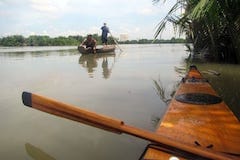
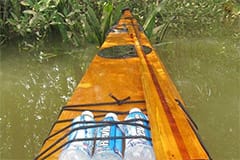
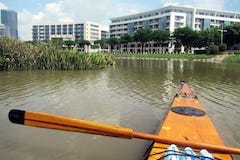
 he spray skirt works very well as anticipated: tight fit with the boat and my body, easy to snap onto the cockpit coaming, flexible enough for some torso rotation and other paddling movements. The velcro stickers seal the water well, and two pockets could hold the camera, and some other miscellaneous things. At least, it’s much better than my previously – bought skirt, which is of quite an amateurish design. Next is the important job of building a wooden Greenland paddle.
he spray skirt works very well as anticipated: tight fit with the boat and my body, easy to snap onto the cockpit coaming, flexible enough for some torso rotation and other paddling movements. The velcro stickers seal the water well, and two pockets could hold the camera, and some other miscellaneous things. At least, it’s much better than my previously – bought skirt, which is of quite an amateurish design. Next is the important job of building a wooden Greenland paddle.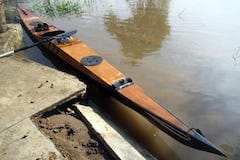
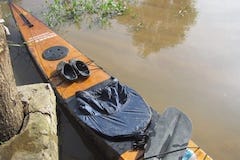
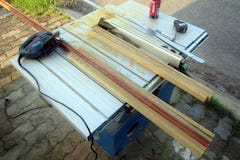
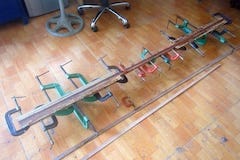
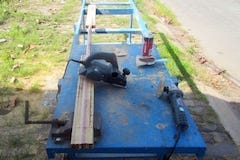
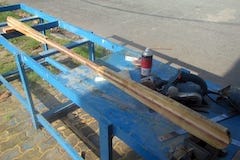
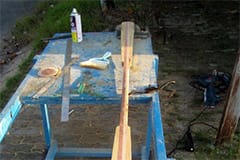
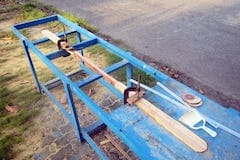
 ne of the things I’ve been concerning about since start designing the kayak is the spray skirt. The skirt follows a cockpit that has an unconventional size and shape, and after quite some searching on the internet, I couldn’t find a vendor who could supply an already – made spray skirt that fits my size. I could, of course, have one built on custom order, that is I would need to give them the exact drawing of the cockpit, that would involve many steps back and forth, and an expensive process too.
ne of the things I’ve been concerning about since start designing the kayak is the spray skirt. The skirt follows a cockpit that has an unconventional size and shape, and after quite some searching on the internet, I couldn’t find a vendor who could supply an already – made spray skirt that fits my size. I could, of course, have one built on custom order, that is I would need to give them the exact drawing of the cockpit, that would involve many steps back and forth, and an expensive process too.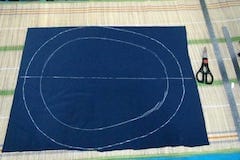
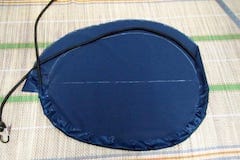
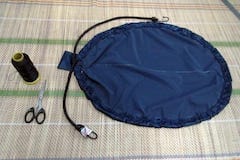
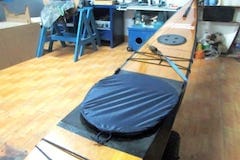
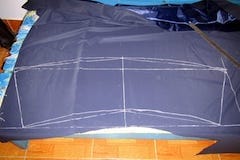
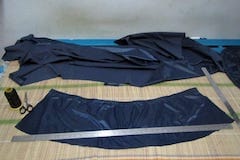
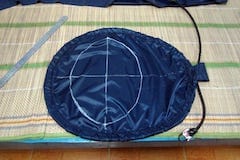
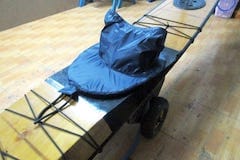
 t’s good to see every parts of the boat work as intended. The hatches are completely watertight. When I left the hull out under afternoon sunlight for an hour for it to dry, the air inside warms up and expands, when I open the hatches, I can hear the sound of escaping air. That confirms not only the hatches, but the whole hull is airtight, and so they are obviously watertight. Then carrying gears inside could be housed with minimum protection against water (e.g: some normal plastic bags).
t’s good to see every parts of the boat work as intended. The hatches are completely watertight. When I left the hull out under afternoon sunlight for an hour for it to dry, the air inside warms up and expands, when I open the hatches, I can hear the sound of escaping air. That confirms not only the hatches, but the whole hull is airtight, and so they are obviously watertight. Then carrying gears inside could be housed with minimum protection against water (e.g: some normal plastic bags).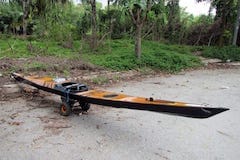
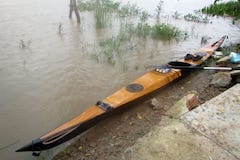
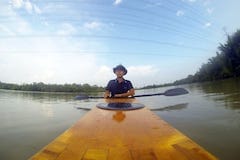
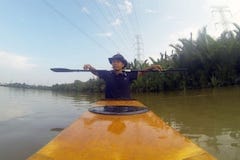
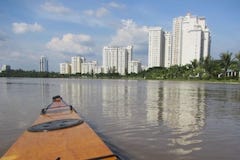
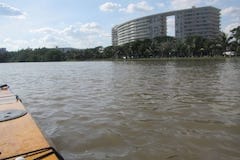

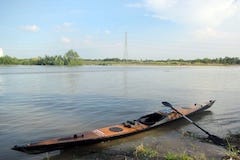
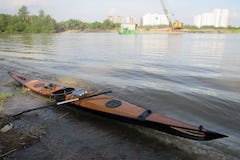
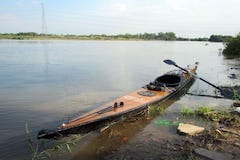
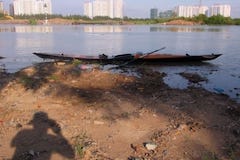
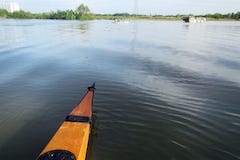
 ade several more ‘sorties’ with Serene – 1 the last week, and her name is Serene, isn’t it!? 😀 I’m now quite comfortable with her motion, especially her primary stability. The secondary stability comes to assure the initial lesser – secured feeling, though the marginal limit of which is still the subject of more testing. Windage is barely noticeable in most cases. It takes some practices for cockpit entry and exit, the small size would only have benefits once going to the rougher sea.
ade several more ‘sorties’ with Serene – 1 the last week, and her name is Serene, isn’t it!? 😀 I’m now quite comfortable with her motion, especially her primary stability. The secondary stability comes to assure the initial lesser – secured feeling, though the marginal limit of which is still the subject of more testing. Windage is barely noticeable in most cases. It takes some practices for cockpit entry and exit, the small size would only have benefits once going to the rougher sea.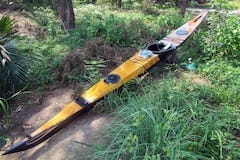
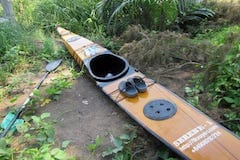
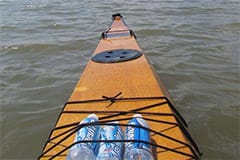
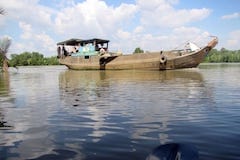
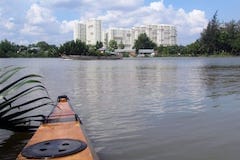
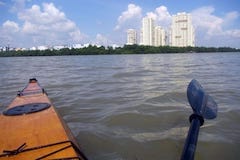
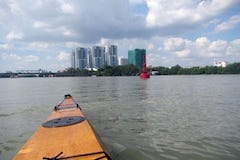
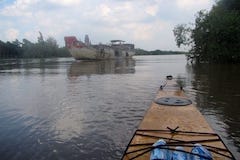
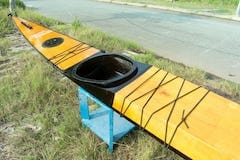
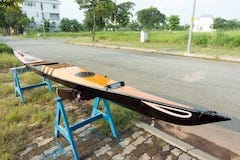
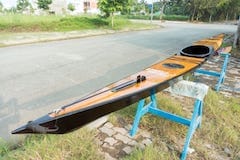
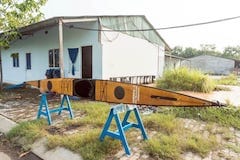
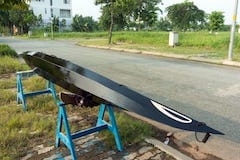
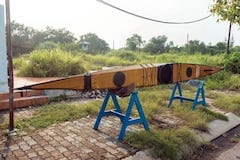
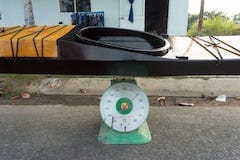
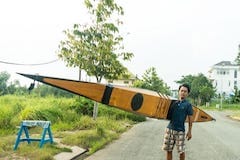
 ome final jobs required to complete the boat: slight sanding here and there on the deck, some decorations, all in white vinyl decals, then the final coat of transparent PU paint on deck. For decorations, there’ll be certainly the inevitable part, the Vietnamese boat eyes, the boat name and some texts stating the owner’s contact information. I’ll keep these to the fewest possible, standing from a functional point of view, and avoid any elaborate decorations, at least for now.
ome final jobs required to complete the boat: slight sanding here and there on the deck, some decorations, all in white vinyl decals, then the final coat of transparent PU paint on deck. For decorations, there’ll be certainly the inevitable part, the Vietnamese boat eyes, the boat name and some texts stating the owner’s contact information. I’ll keep these to the fewest possible, standing from a functional point of view, and avoid any elaborate decorations, at least for now.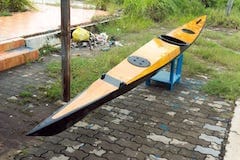
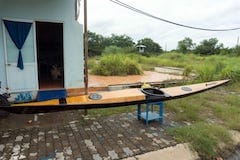
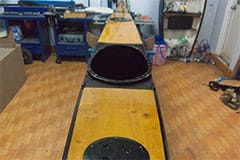
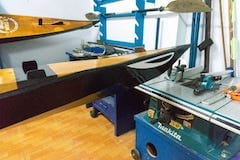
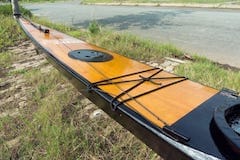
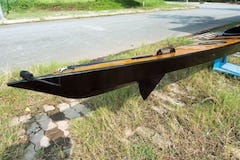
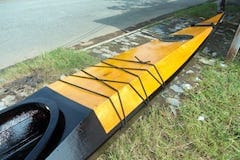
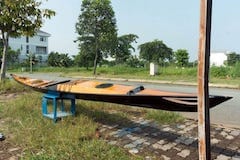
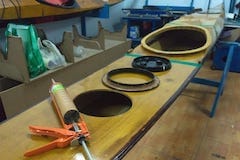
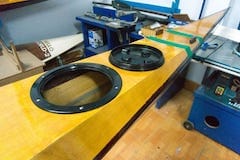
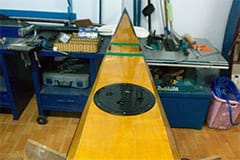
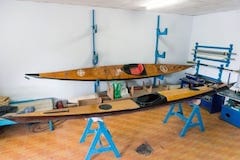
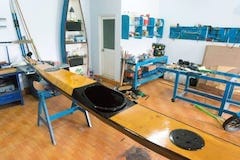
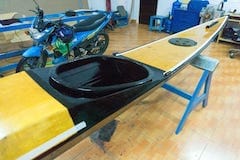
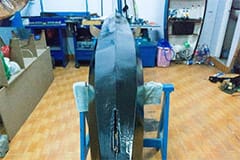
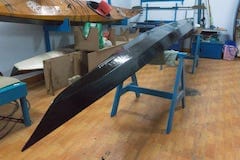
 pply a very thin epoxy fill – coat to completely cover the fiberglass fabric weaves, then peel off the duct tapes (together with the excess glass) with a sharp knife. The hull is then exposed to sunlight for the epoxy to completely cure, before given a very light sanding in prepare for painting. I paused for a few moments to watch her lines, well, with the singular exception of the “man – of – war”, all boats is always referred to as “she / her”, there must have been a reason for that, right!? 😀
pply a very thin epoxy fill – coat to completely cover the fiberglass fabric weaves, then peel off the duct tapes (together with the excess glass) with a sharp knife. The hull is then exposed to sunlight for the epoxy to completely cure, before given a very light sanding in prepare for painting. I paused for a few moments to watch her lines, well, with the singular exception of the “man – of – war”, all boats is always referred to as “she / her”, there must have been a reason for that, right!? 😀